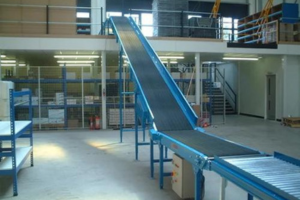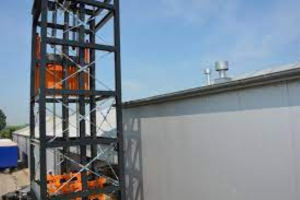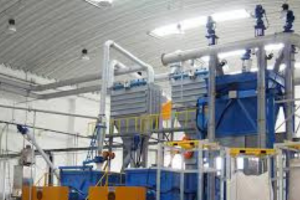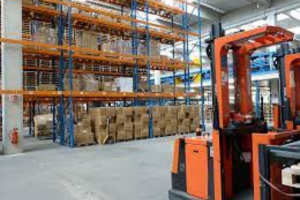The Role of Conveyors in the Lift Industry
Types of Conveyors Used in the Lift Industry

Belt Conveyors

Roller Conveyors

Chain Conveyors

Slat Conveyors

Vertical Conveyors

Screw Conveyors

Overhead Conveyors

Gravity Conveyors
Benefits of Using Conveyors in the Lift Industry
The Most Important Parts of Conveyors in the Lift Industry
Applications of Conveyors in the Lift Industry

Material Handling
Assembly Line Integration


Warehouse and Distribution
Challenges of the Lift Industry without Conveyors
1.Manual Inefficiencies: Manual material handling can lead to inefficiencies, slowing down production and affecting overall productivity in lift manufacturing facilities.
2.Logistical Challenges: Without conveyors, material logistics and movement can become cumbersome, leading to potential delays in the assembly process.
In conclusion, conveyors are indispensable tools in the lift industry, propelling production efficiency and material flow to new heights. From material handling to assembly line integration, these advanced solutions optimize lift manufacturing processes, ensuring precise and seamless movement of components along the production line. As a pivotal investment in the lift industry, conveyors continue to revolutionize the field, providing lift manufacturers with a competitive edge through improved productivity, optimized material flow, and enhanced safety in their manufacturing operations.
